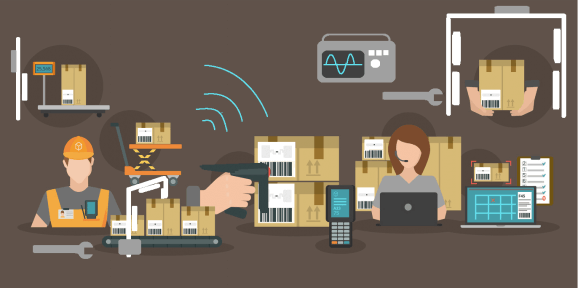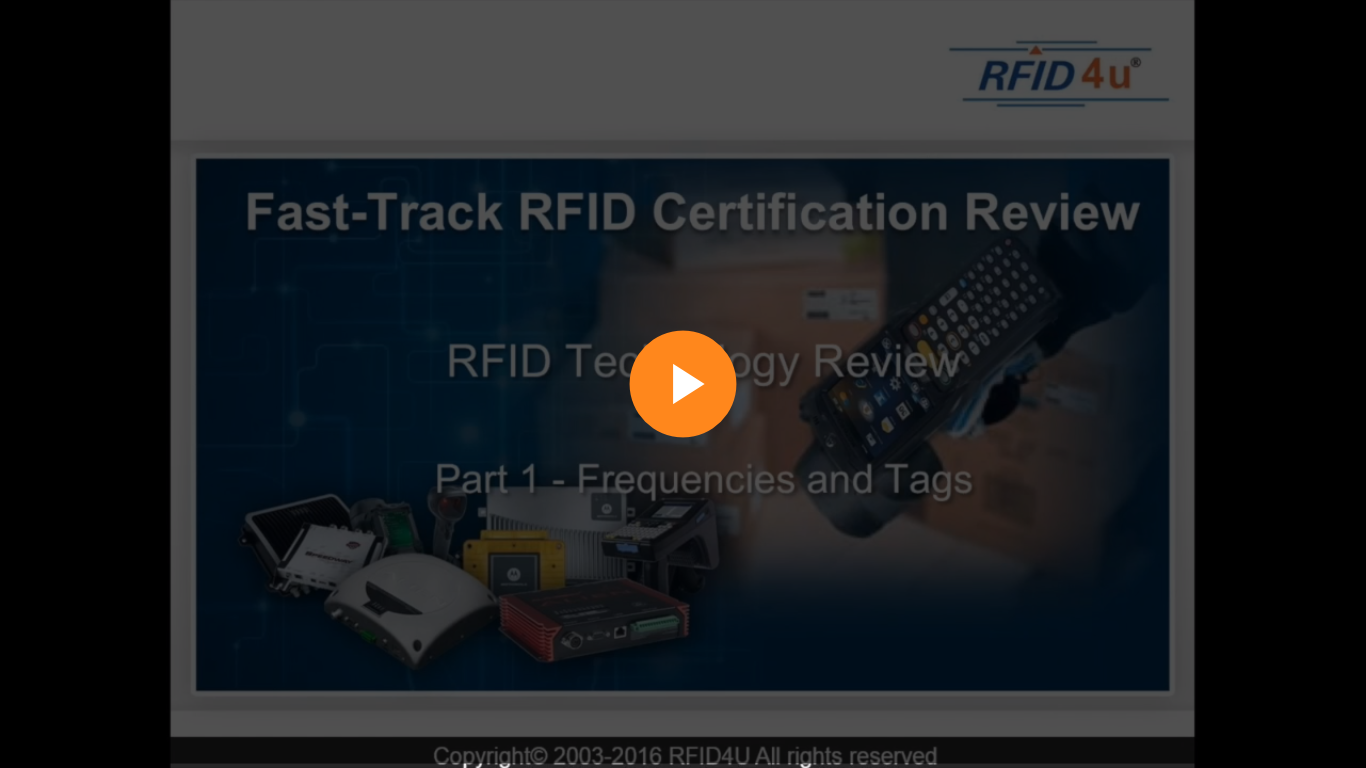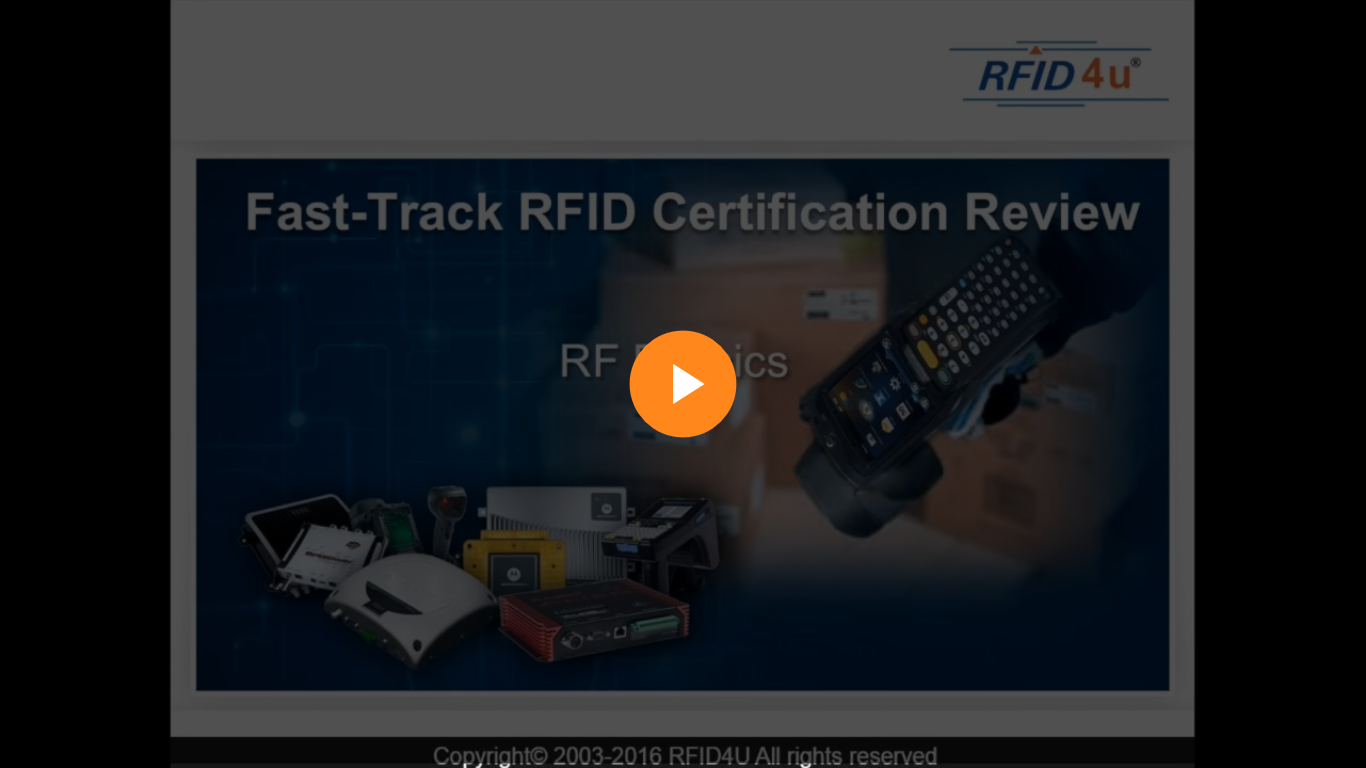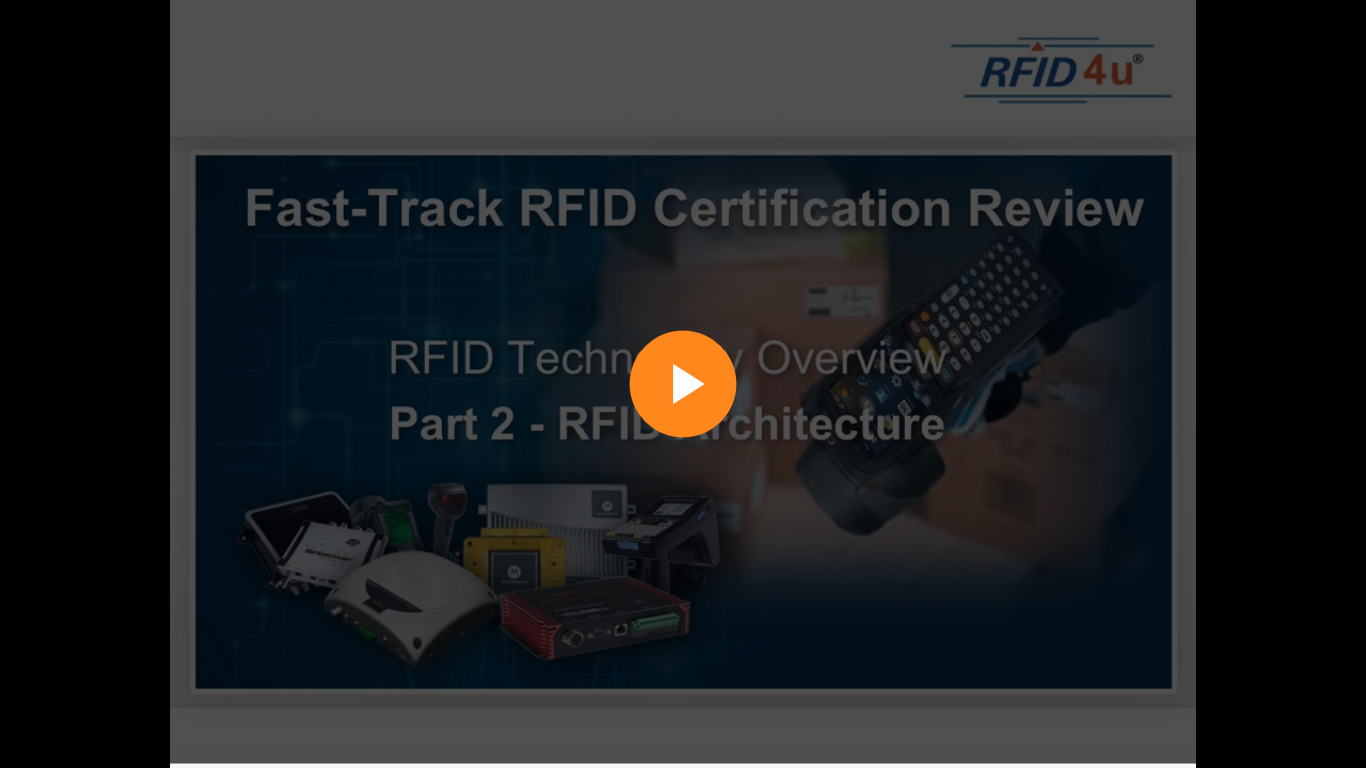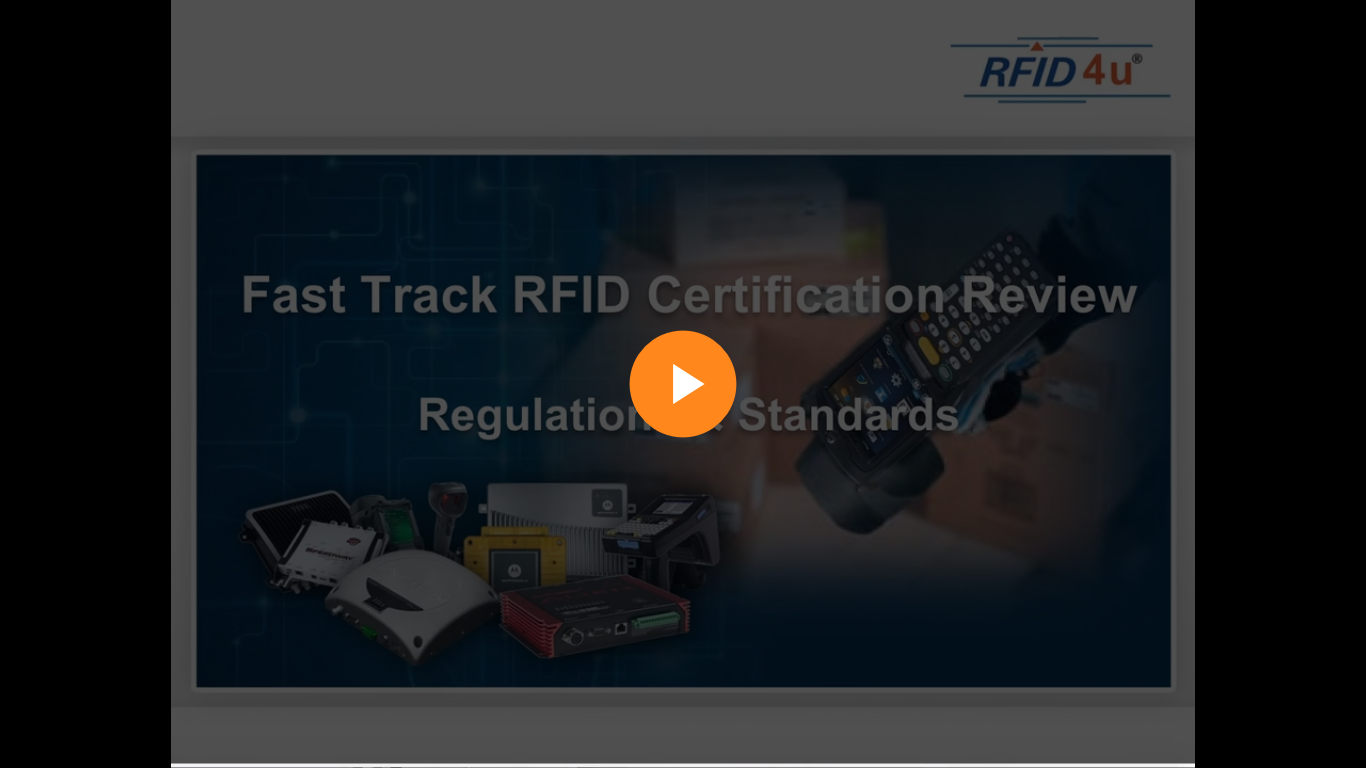EXPLORE
Preparation for RFID Certification Exam
RFID4U has two types of classes that help you increase your RFID knowledge and prepare you for the RFID Certification Exam. A 3-day detailed class with hands-on exercises on real world scenarios and 1-day Fast Track that is often taught at conferences. View the training schedule here.
We do not teach to the test and we will not give you the right answers. Our classes are aimed to provide a comprehensive understanding of RFID technology, its basics, concepts, parts, as well as system design, deployment and troubleshooting.
We understand that you are busy and may not have time to attend our 3-day course (and you signed up for Fast Track) or that you want to study before you attend any class. Therefore, we decided to offer a series of study materials including videos, quizzes and printable “cheat sheets” that will help you navigate the waters of preparation for the certification, let you know what to study, what not to study and generally bring you up to the level when you can sail through the Fast Track course and feel ready for the exam.
Exam Preparation by Module
Module 1: What is RFID?
The exam tests the knowledge about RFID system types, including active, passive and battery-assisted RFID systems and related technologies. It also covers the performance characteristics of these systems and RF fundamentals.
Reading List
Knowledge Test
The exam tests the knowledge about RFID system types, including active, passive and battery-assisted RFID systems and related technologies. It also covers the performance characteristics of these systems and RF fundamentals.
Module 1 Video 1 – RFID Basics
What This Video Covers
This video training segment, RFID Technology – Part 1, covers RFID Frequencies and Tags. The video will explain that there are five (5) different frequencies or frequency ranges, which are used by RFID and each frequency has specific characteristics or capabilities. You will learn also that each frequency has its own advantages and disadvantages and different use cases.
You will learn that although there are no standards for which application specific frequency should be used, short read ranges and aqueous liquids, would suggest using Low Frequency (LF) or High Frequency (HF) as the best starting point. Longer read ranges of up to 10 – 15 meters, would suggest using Ultra High Frequency (UHF) with passive tags and beyond that UHF or Microwave frequency with active tags would be best.
The second part of the video covers various RFID Inlays, Labels and Tags, their functionality, advantages and disadvantages.
The RFID tag (in any form factor) is arguably the most important element of an RFID system. The video explains the tag construction and describes various tag form factors.
Module 1 Video 2 – RF Physics
What This Video Covers
It is important to understand some basic concepts of the laws of physics as they relate to RFID.
Different frequencies, used different methods to provide the air interface between the RFID reader and tag. For Example, UHF uses passive backscatter, while HF and LF use inductive coupling.
Each of these, passive backscatter and inductive coupling have significantly different performance characteristics including read range, data transfer speeds, influences by water and metal, to name a few.
A good understanding of the physics behind the all of the different frequencies, their characteristics, advantages and disadvantages, is necessary to be able to develop RFID solutions.
Module 2: RFID Architecture Components
The exam tests on knowledge of the components that make up a typical RFID system and the roles each component plays within the system.
Reading List
Knowledge Test
To test your knowledge, we created a short quiz. Please note that sometimes there is more than one answer correct.
Module 2 Video
What This Video Covers
This video training segment, RFID Technology – Part 2, covers components that are part of the RFID Architecture such as RFID Readers, Antennas and RFID Middleware.
In the video, we discuss RFID Readers and how they provide the interface between the RFID tag and the middleware applications. The video discusses reader air interface functions, reader management functions, communication and I/O devices control.
The video also discusses various reader form factors, such as Fixed, Mobile and Handheld and explains their functionality and use.
Next component of the RFID architecture that is covered are RFID antennas, which are the eyes and ears of the RFID system and they attach directly to the RFID readers using antenna cables.
The video explains antenna function, design and form factors, as well as functionality including directivity, radiation pattern, gain and polarization.
The video also briefly covers RFID tags, which are described more in detail in the first video and also touches on RFID middleware and its functions.
Module 3: RFID Privacy, Safety & Security
The test probes on issues related to privacy, safety and security that may arise in an RFID deployment.
Reading List
Knowledge Test
To test your knowledge, we created a short quiz. Please note that sometimes there is more than one answer correct.

Module 4: Standards and Regulations
The exam tests your knowledge about organizations that provide the standards that are used in RFID as well as the regulations that are in place around the world that govern the use of the RFID technology.
Reading List
Knowledge Test
To test your knowledge, we created a short quiz. Please note that sometimes there is more than one answer correct.
Module 4 Video
What This Video Covers
This video training segment covers Standards and Regulations that are applicable to RFID technology and its implementation and use.
The video discusses main RFID standards created by ISO that you should know as they apply to various frequencies and types of RFID technology.
Second part of the video covers RFID regulations as they apply to various regions and countries, including FCC and ETSI regulations which are discussed in more detail. You will also receive overview of UHF RFID frequencies used around the world and the appropriate operating rules.
In the last part, we will review applicable safety regulations.
Module 5: RFID Ecosystem and Provider Roles
The test examines what you know about the roles of services providers related to an RFID deployment and the ecosystem that makes up the RFID industry.
Reading List
Knowledge Test
To test your knowledge, we created a short quiz. Please note that sometimes there is more than one answer correct.

Module 6: RFID Applications
The exam tests your knowledge about common applications for different types of RFID systems across different industries.
Reading List
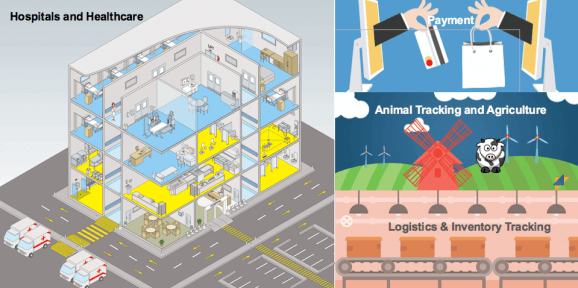
Module 7: RFID Evaluation and Selection
The exam tests your knowledge about methods for evaluating and selecting different RFID system components.
Reading List
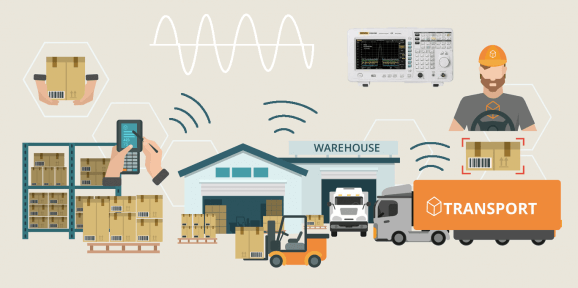
Module 8: Solution Design
The exam tests your understanding of the use of different types of tags and readers, their placement and how data flows through an RFID system.
Reading List
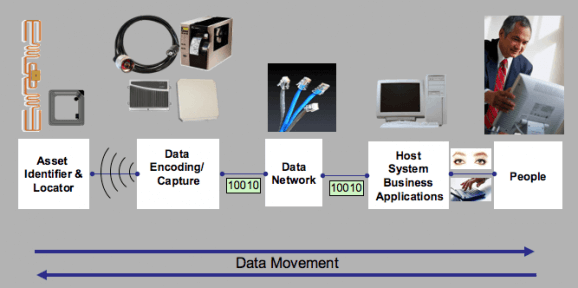
Module 9: Deployment Steps
The exam tests your understanding of the basics of the process of deploying an RFID system.
Reading List
